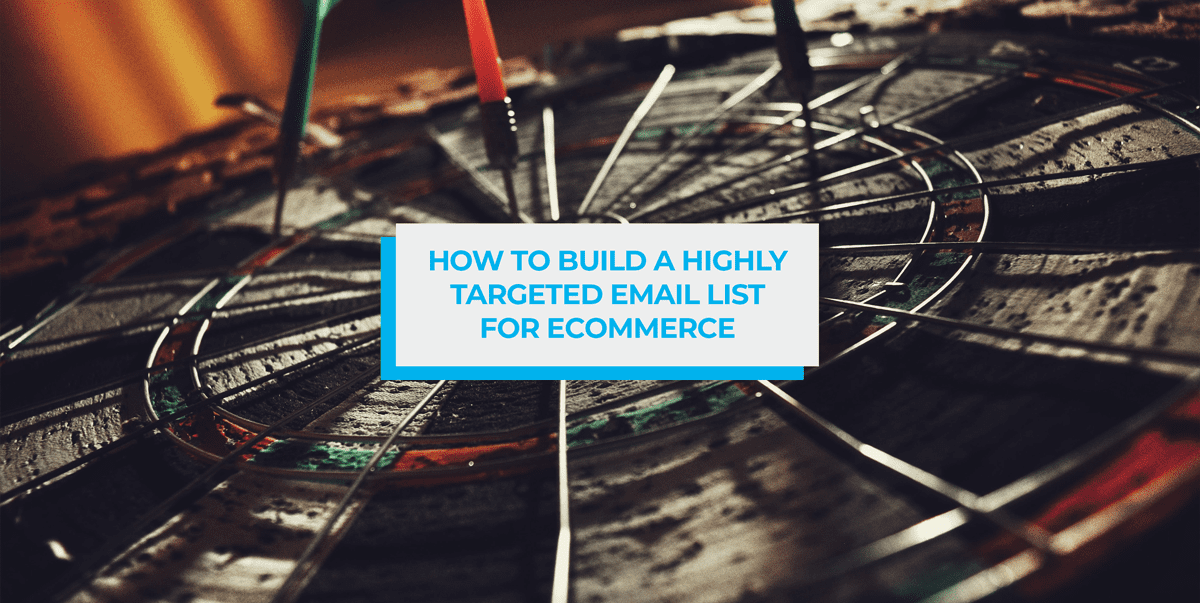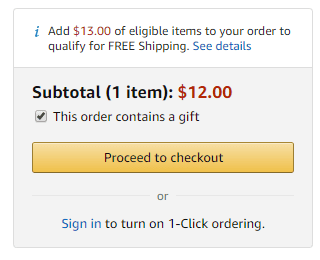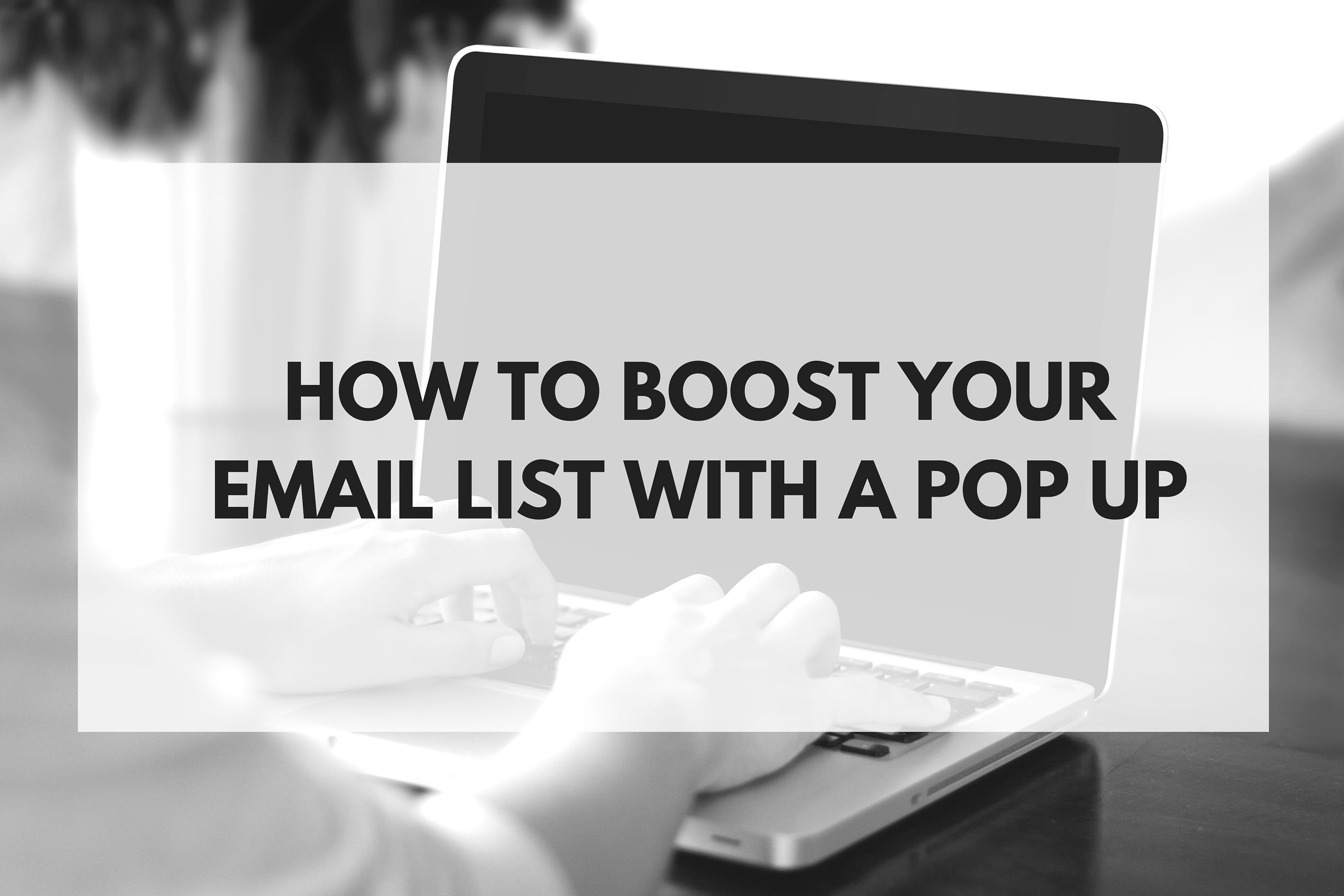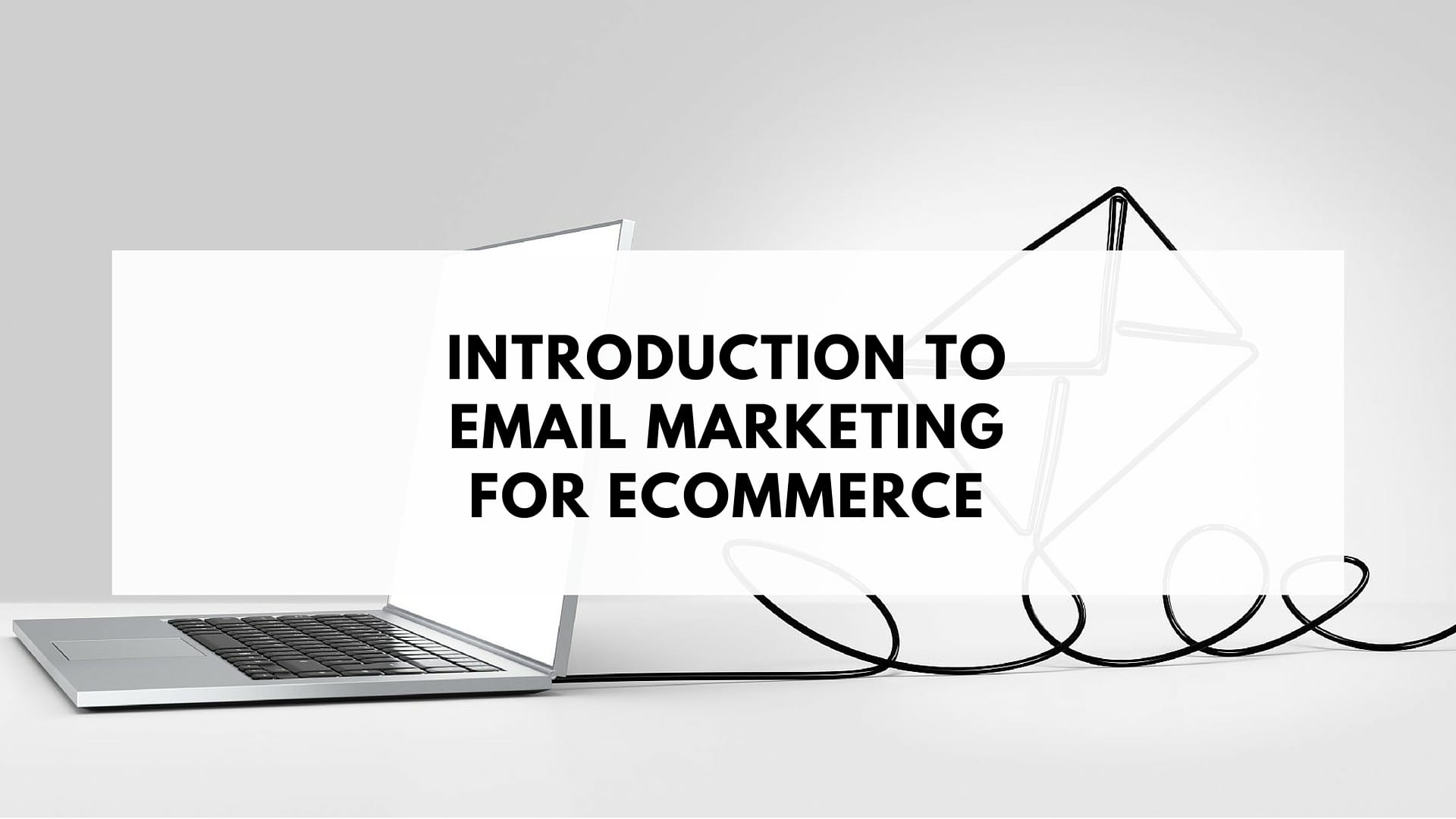Ecommerce is a highly competitive industry which often results in low profit margins for businesses. Email marketing, however, is one of the best tools to grow your ecommerce business to achieve greater profit margins. For every dollar spent on email marketing, the average ROI is $40. The news is even better for ecommerce sites. For every dollar spent with SmartrMail, ecommerce stores see an average return of $41.
Not surprisingly then, studies show that more than 81% of SMBs today rely on email as their primary source of customer acquisition. These impressive stats do not mean that email marketing is easy though. To realize these returns, you will need a solid, well thought out strategy. And while there are many components to this, one of the most important parts is ensuring your list is highly targeted.
One List Does Not Fit All
Many marketers wrongly assume that the size of their email list determines the success of their campaign. While this may be true to a certain extent, it is more important to keep the content of your emails highly targeted to your recipients. Blasting emails that your subscribers do not value not only results in poor conversion rates, but also contributes to high rates of unsubscribes and disengagement.
The ideal strategy is to create multiple lists of subscribers and keep your message highly relevant to these niche audiences. For instance, you may have a list of specifically targeted at coupon-hunters. These subscribers love to buy when there is a good deal. You may have another list of subscribers who are interested in your industry. This audience would appreciate a weekly roundup of events in your business has been involved in that relates to the industry. Converting such customers is a long-term game and trying to get them to convert as soon as possible without regard to their interests will not help.
Creating List Categories
The first step in your email marketing strategy is to identify the different categories of lists to build. But before you do this, you will need to dig deeper into your customers base to understand where they are coming from. Some of the more common categories to based your ecommerce email marketing strategy around include:
- Gender – This is especially true for apparel or fashion related products.
- Visitors who abandon their cart – These customers are often on the fence and can be easily converted into paying customers with timely email offers.
- Previous customers – People who have already purchased from your store are much more likely to purchase again.
- How you acquired the subscriber – A good email strategy will allow users to sign up to your list in multiple locations, such as on your website, at trade shows, during checkout, etc. You can then tailor your email marketing depending on where the person signed up to your email list.
- Customers who bought a particular product – This is especially true if your store sells a wide range of products. For example, if someone has bought a mobile phone, you might want to send a follow up email asking if they want to purchase a phone case or extra long charging cable.
The good news is that SmartrMail allows you to easily set up all of these types of lists from one large unsegmented list using the Smart Segments feature.
Subscriber Acquisition
Once you have identified the right lists for your business, the next step is to build the right subscriber acquisition strategy. Depending on the type of list, the strategy can be pretty straightforward. For example, the list for abandoned cart emails can be populated automatically each time a visitor fails to complete a transaction. Similarly, the lists for previous buyers can be generated automatically through your email service provider (such as SmartrMail).
For more ideas on how to segment your email list, check out the blog post on 6 Ways You Can Segment Your Email List.
Some lists are not so straightforward to create, however. A good example of this are purchases made during holidays like Valentine’s Day or for birthdays or anniversaries, etc. In such instances, the buyer is often not the consumer of the product. If you sell handbags for women, a purchase made during the lead up to Valentine’s Day could be from a husband. Adding this person to your ‘women’s accessories’ list then may not be as effective since they may not find emails sent to this list relevant.
One way to avoid this is by understanding the buyer’s intent during the purchase process. Amazon does this by asking the customer whether the purchase is a gift for someone.
This allows for a more holistic understanding of the purchasing behaviour of your customers enabling more targeting email marketing.
Campaign Monitoring
Customer profiles are not static. A customer interested in a particular product category may not be interested in purchasing the product after they buy the first time. Similarly, highly engaged subscribers may engage less frequently over time as their interests change. This is why an email list should be monitored for relevance on a routine basis.
Start by engaging frequently with subscribers in each of your various lists. If you have subscribers enrolled in more than one list, make sure that you do not end up hitting a subscriber’s inbox more than a couple of times. This is important to ensure that your campaign does not come across as spammy. SmartrMail’s Smart Send Frequency feature can help you here.
After each campaign, track performance and benchmark it against past campaigns. This way, you will be in a position to assess the impact of your email marketing campaigns.
In addition to this, prepare a list of low-engaging subscribers to analyze their past engagement behavior. This helps you understand the impact of your campaigns at the grassroots level. Once you have your hypothesis regarding the results, implement these changes in your future campaigns and repeat the process.
Conclusion
Email marketing is a highly profitable strategy for eCommerce businesses. But the success of the platform boils down to how targeted your list is, and how well you keep your content relevant to the subscribers. The tips provided here in this article must go a long way in ensuring that your lists are highly targeted and updated for your marketing campaign.
About the Author
Anand Srinivasan is a digital media consultant from India with over 7 years of industry experience. He is a regular contributor to Entrepreneur.com and is also the author of the book, “How We Did It“, a book for entrepreneurs that features the real life experiences of 100 entrepreneurs from diverse backgrounds (bakers, website owners, jewelers, farmers, etc.). Popular entrepreneurs featured in the book include founders of RackSpace, Freelancer, Udemy, Fiverr and YogaFit.
He is also the founder of Hubbion, a suite of free apps for small and medium businesses. Hubbion today has free tools for project management, email discovery and meeting room booking.







